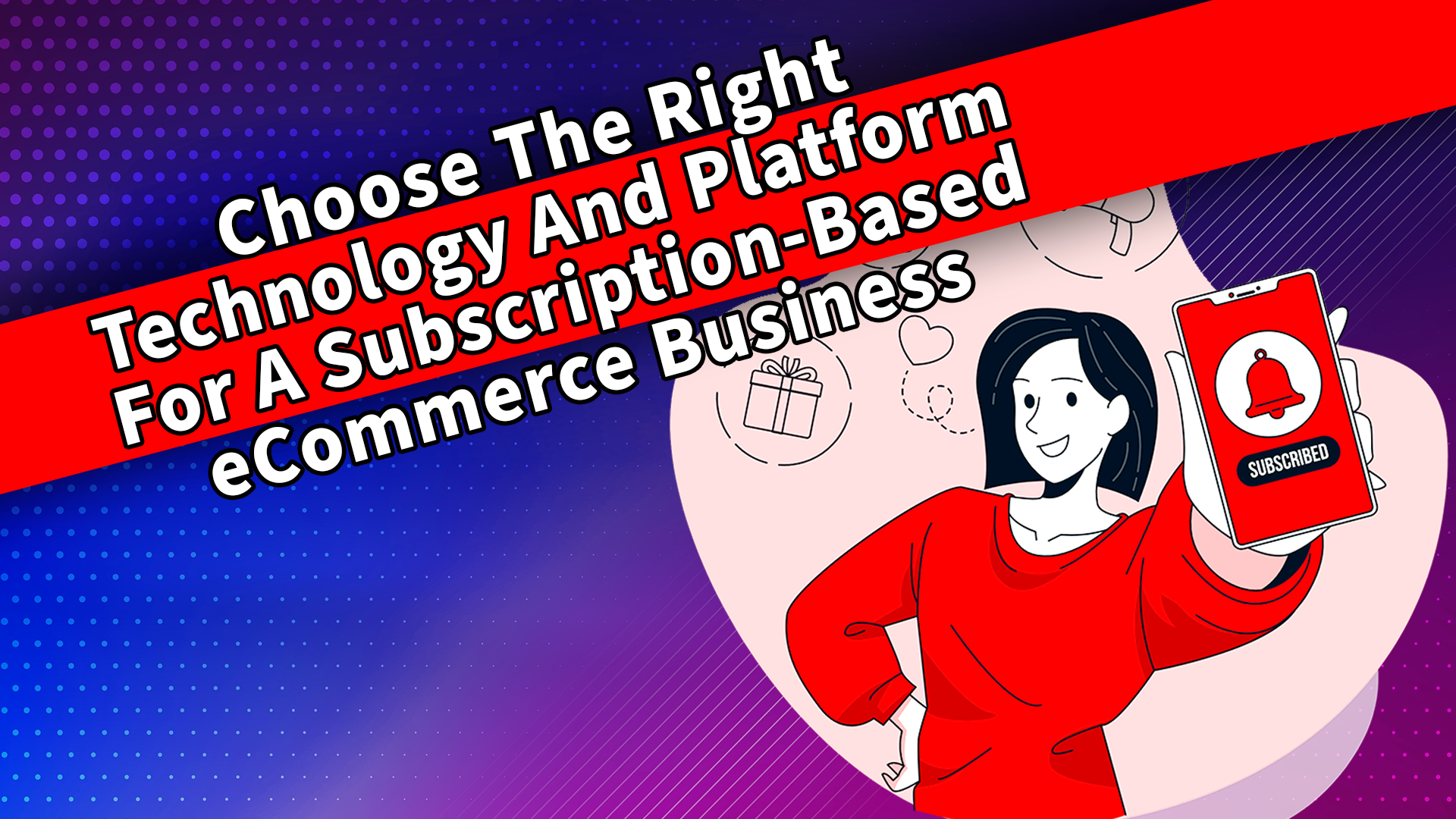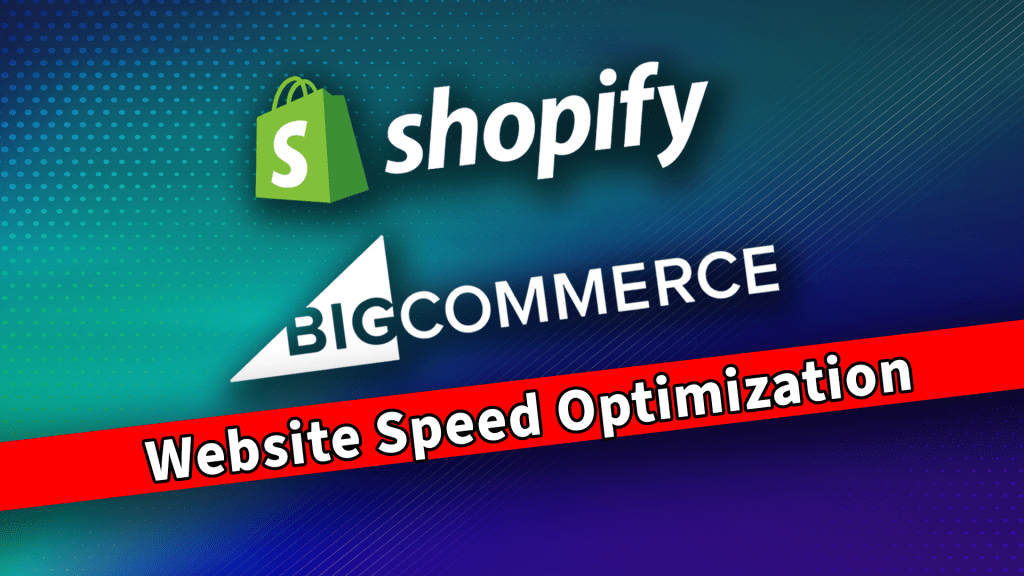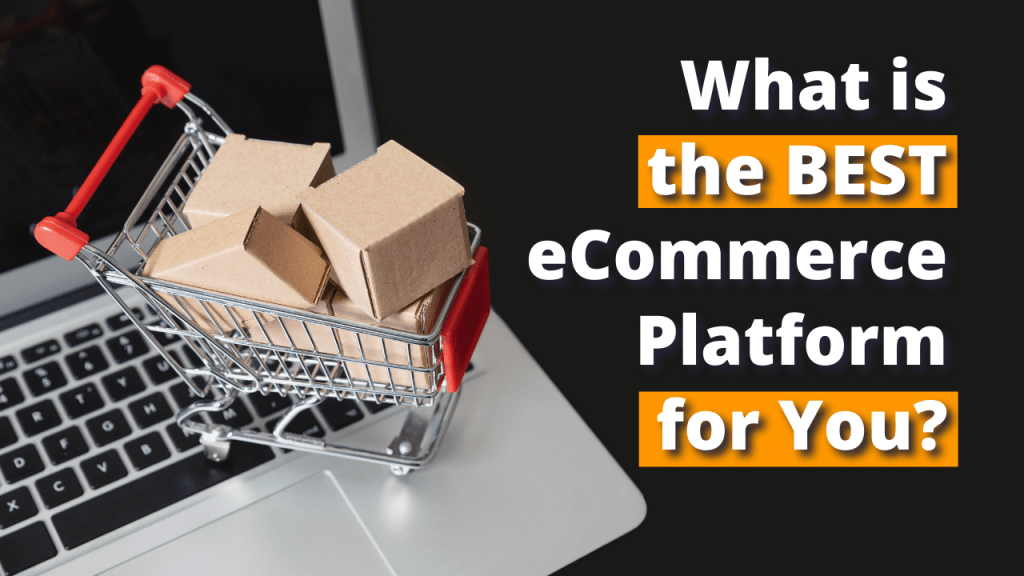Over the past decade, subscription-based businesses have grown. Why? Businesses use this opportunity to increase their monthly recurring revenue. It is a phenomenal business strategy and a great business model.
However, technology has not caught up to subscriptions just yet. Current platforms and solutions are not built to accommodate these types of businesses.
Subscription-Based Models For Online Stores
What are some of the options for these online eCommerce subscription-based models to move forward and successfully scale their business online?
There are different considerations when you look at a subscription-based eCommerce business. Any small or medium-sized business should look at future products to sell. Customer acquisition is extremely expensive. If you don’t have a subscription or cross-sell, you’re going to struggle.
Amazon has implemented this strategy with the “Subscribe and Save” option. They choose a product that a customer needs on a regular basis. A customer can save 15% if they just have it on recurring payment.
Selling Subscriptions For Products Or Services
Any eCommerce store could incorporate this model into its existing platform and business. To do so, their product line needs to support that demand.
Let’s say you’re selling cat food or dog food. The platform that you choose has to support your operation. If you’re selling dog food on a monthly basis, you need a storefront that focuses on retailing these products and shipping them at a consistent rate.
A platform needs space for operations, structures, and technology. They support conversions and marketing. At the operations, level know what your inventory management system is.
Determine how you fulfill these products: are you using a third-party logistics system? Do you have a warehouse; how do you do the pick and pack; can you order subscription-based products at any point or are you shipping on a specific day on a monthly basis? These are the operational details that determine the ideal platform.
At the structure level, you have different options for platforms.BigCommerce doesn’t support subscription products. Meanwhile, Volusion has subscription products, not orders. Shopify has both subscription products and subscription orders.
What is one good example of a subscription-based service?
Meal delivery is one example that Optimum7 has developed before. One has to factor in allergies, dislikes, and freshness. You can ship it once or twice a week, at times most convenient for logistics.
You can pause it for a week. Meal delivery is probably one of the most complex subscription-based models. The platform really depends on if you’re going to have a one-product subscription or less than five.
Choosing An eCommerce Platform
For custom flows, choose WooCommerce WordPress, unless you earn $20 million.
Otherwise, if you’re earning less than 4 million USD in revenue, stay with WooCommerce.
If you have over 100/200 skews, then try out BigCommerce or Shopify. If you do BigCommerce, you need BoldCommerce, Chargify, or Chargebee. These apps will manage these subscriptions because BigCommerce doesn’t do it out of the box.
On the marketing side, it depends on what kind of product you’re selling. If you’re just selling one product, you select how often you want it. With check out, developers build an automated token. With a customizable subscription box– four different options — and if you can choose the ingredients like meal delivery, then the flow needs to be more advanced.
Not only can you do your primary call to action, which is the subscription, but also you can grab as many emails as possible. Create a step-by-step experience and find out where people are dropping before checkout.
Some hosted solutions are popular. However, BigCommerce doesn’t have a native subscription reorder solution. Big Shopify does. eCommerce business owners may go with other available apps.
Apps And Other eCommerce Solutions
ReCharge, is one subscription-based model that’s an application for Shopify. Not only are you going to get hit with the transaction and the processing fees on Shopify, but also payment for this application. It may charge 1.5 plus 30% per transaction.
At what point does the business say, “I’m building my own custom application built specifically for me by another agency”? They may not see a return for another year or two. If it’s a scalable solution, however, they will then continue to grow without giving other businesses a cut of my profit.”
Optimum7 has its tools with SAS. When SAS software and apps, directly contribute to your operations and they are running their operations, they need to provide
How about search and filter functionalities?
You’re going to pay $500 a month forever for that functionality. When you’re looking at these tools, if you’re doing $10 million and you get to give 1%, that’s $100,000. For $100,000, you can get something customized.
Suppose you’re earning half a million dollars in revenue; 1% of half of $500,000 is $5,000. You can buy apps on Shopify, which is a viable option, with this amount. Many different options exist, but sometimes companies stop supporting these apps. From a cost standpoint, look at the total cost of ownership for a platform.
Hosted solutions make sense sometimes. Open source makes sense sometimes. If you’re a subscription-based business doing over $4 million, start investing in your own technology; flow; and step-by-step subscription processes that also feed into your automated email nurture. If you’re earning a few million dollars, go with Shopify, BigCommerce, or Bold Commerce.






